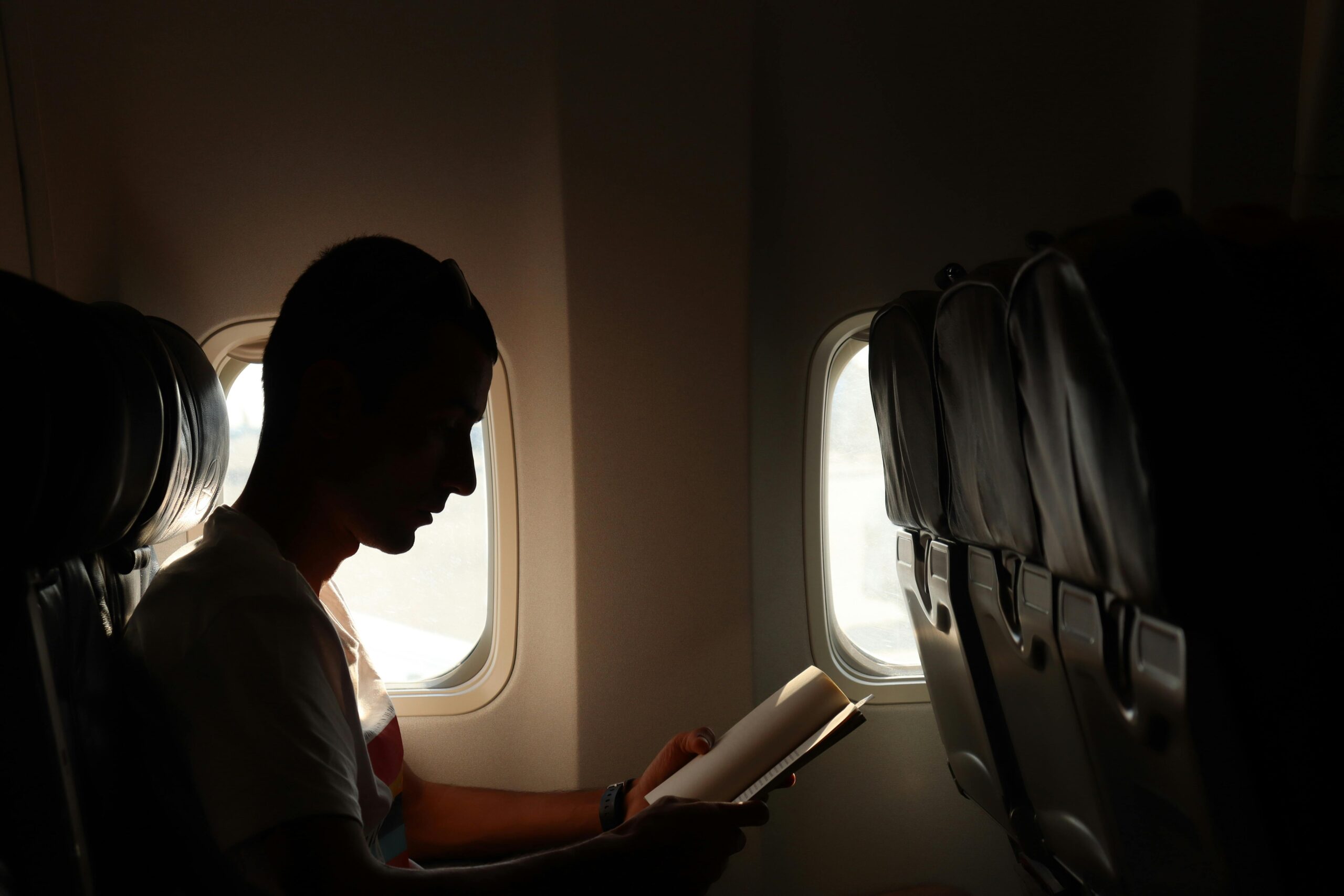When you board an aircraft, the skies are full of opportunities, yet the cabin is also a place where many personalities gather in a limited area. The skill of in-flight behavior might be just as important as tightening your seatbelt to guarantee not only a comfortable ride for you but also for those close by. Learning these subtleties helps you to make your flying experience passable to rather fun, regardless of expertise level.
Overhead Bin Etiquette
Among the most passionately debated commodities on an aircraft is overhead bin space. Unlike the luxury of a private jet, where storage concerns are minimal, commercial flights require passengers to be mindful of space. The golden rule in this case? Use the luggage policies of the airline exactly. Stow one personal item and one carry-on item in the overhead bin. Usually fitting beneath the seat in front of you, your smaller bag or jacket helps to create space for more bulky items.
Be careful onboarding; now is not the time to hog areas while carefully arranging your stuff. Try to store your goods fast and move away so others can follow suit. You are already scoring points in the unwritten in-flight etiquette game if you are light traveling and can fit everything beneath the seat. Remember, too, that nobody enjoys the individual standing in front of the aisle grabbing goods when it is time to get off. Maintain its neatness and efficiency.
When and How to Converse
Engaging your seatmate calls for finding the proper mix between invasive and friendly. While a friendly small chat helps pass the time, not everyone is in the mood for discussion at 36,000 feet. Start with a basic hello and monitor their reply. If they are reading, listening on headphones, or responding briefly, they most likely want to keep in their bubble.
For people who like polite conversation, keep the subjects simple and non-controversial. Without straying into difficult terrain, travel plans, preferred locations, or general aircraft oddities may keep things interesting. Always keep mindful of signals suggesting the degree of comfort of your seatmate. Honor their need for quiet time, particularly on red-eye or long-haul trips. The secret is to scan the room—or, more precisely, the seat—before starting a conversation.
Navigating the Tricky Terrain
Though it seems simple, eating and drinking on an airplane requires some thought. Think first of strongly fragrant meals. Although it’s tempting to pack your preferred garlic-heavy meal, the small cabin accentuates smells, maybe making your other travelers sick. Keep to low-odor intensity snacks or meals; everyone will quietly thank you.
Drinking, on the other hand, is called moderation. At altitude, alcohol affects you differently, so even if it’s tempting to indulge, recognize your limitations. From overindulgence, loud, disruptive conduct may spoil the atmosphere of a whole flight. And clean your area as you finish your meal or drink. Nobody enjoys sitting next to a jumble of empty cans or food wrappers. Maintaining neat and organized surroundings helps everyone to enjoy it better.
How to Handle Seat Adjustments
Your right is to adjust your seat, yet it also comes with responsibilities. Reclining without notice could cause spilled beverages, twisted tempers, or squashed knees. Just looking behind you and saying a brief “excuse me” will help to avoid needless conflict. Timing is also important; avoid slinking during food service, as it will make dining uncomfortable for the person behind you.
If you discover you are the recipient of a thoughtless reclining seat, handle the matter coolly. Most individuals will grasp and correct if you gently explain the problem. Hostility just heightens already existing tensions; nobody wants to be involved in mid-flight drama. When handled tactically, seat changes may be performed without disturbing the cabin’s delicate balance.
Being a Thoughtful Neighbor
In-flight little gestures may really make a big impact. Consider window shades: keeping them open on an overnight flight can wake someone attempting to sleep. If you’re not sure, find out from your other passengers. Cooperation helps to bring peace into common areas.
Another area that calls for thought is bathroom breaks. If you occupy the window or center seat, make careful travel plans to cause as little disturbance to others. Stepping outside, support yourself against the seatbacks rather than from the headrests of neighbors. Coming back with a subdued “excuse me” is courteous, particularly if your other passengers are asleep or absorbed in something. In these little but significant ways, you can show consideration and guarantee better travel for everybody.
Conclusion
In-flight behavior is about fostering shared respect and comfort in a small environment, not only about obeying policies. You improve the experience for everyone around you by being aware of personal space, keeping dialogues balanced, and acting thoughtfully in little gestures. The goal is crucial, but so is the trip to get there.

